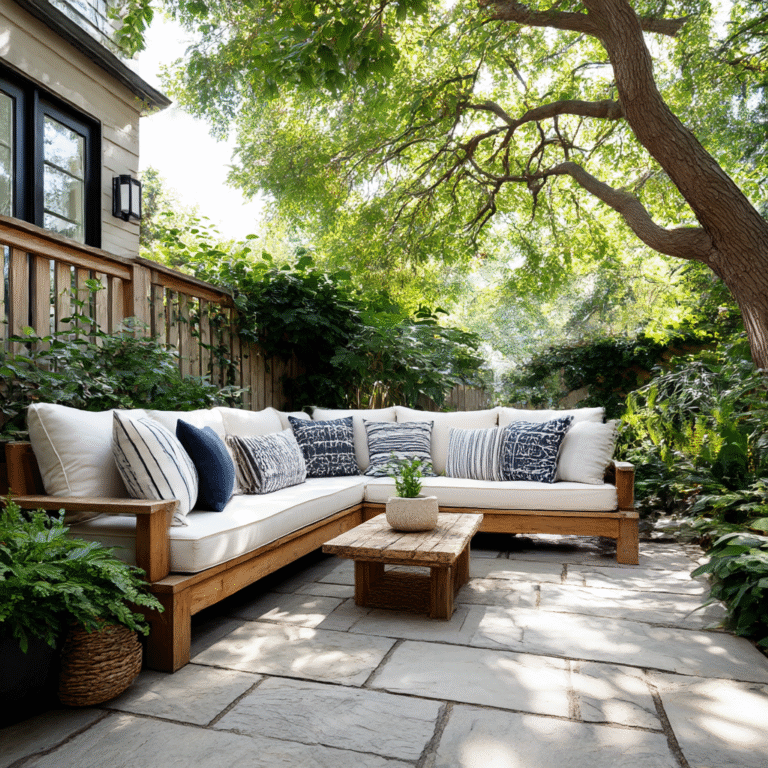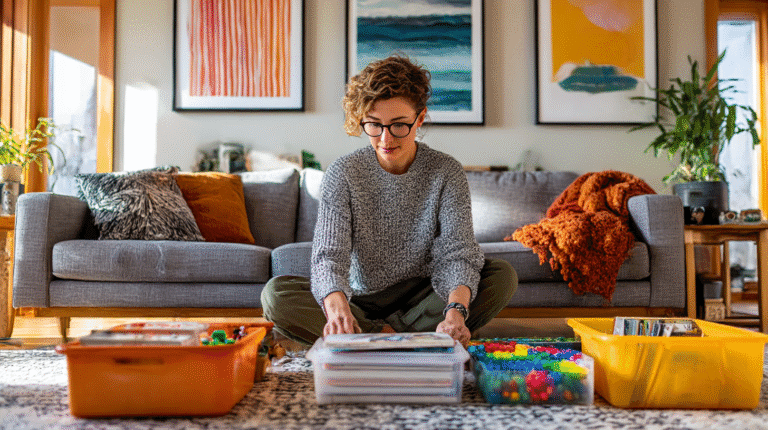Most people feel overwhelmed when they think about adopting a low-waste lifestyle, imagining radical changes that seem hard to keep up. I want to share with you how you can embrace eco-friendly living in a way that feels natural, manageable, and even enjoyable. You don’t have to be perfect or overhaul your entire routine overnight. Instead, you can make small, practical swaps and adjustments that add up over time and make a positive difference.
First, I suggest starting by paying attention to the waste you’re creating right now. Take a day or two to notice what kind of trash you throw away the most—whether it’s plastic packaging, food scraps, or single-use items. When you’re aware of your patterns, it’s easier to identify simple changes that can reduce waste. For example, if you notice a lot of plastic bags, you can switch to reusable cloth bags when shopping. It’s an easy step that doesn’t require big effort but immediately cuts down on waste.
Next, focus on swaps that suit your lifestyle and habits. I like to replace disposable products with reusable ones gradually. For instance, using a stainless steel or glass water bottle instead of plastic, or cloth napkins instead of paper ones. These swaps might seem small, but they accumulate and help you build a sustainable routine without feeling like a burden. You don’t have to buy everything at once—give yourself time to find what works best for you.
Another part of living low-waste is rethinking your shopping habits. I recommend bringing your own containers for bulk items like grains, nuts, or coffee. This reduces packaging waste and often saves money. If that feels a bit intimidating at first, try it at just one store or for one type of product. The goal is steady progress, not perfection. Also, support local markets where products tend to have less packaging and you can connect with producers who care about sustainability.
In the matter of food, aiming to minimize waste is a great way to start. I plan meals carefully and use leftovers creatively. Composting organic scraps is another option if you can. Even if you don’t have a compost bin, there are community gardens or green waste programs to explore. Reducing food waste not only benefits the planet, but it often helps you save money too.
Lastly, keep in mind that living sustainably isn’t about being extreme—it’s about making better choices most of the time and finding balance. When you slip up or forget your reusable items, don’t beat yourself up. I find that adopting an encouraging, flexible mindset keeps me motivated and makes the whole journey more enjoyable.
By starting with these beginner-friendly tips—observing your waste, making gradual swaps, shopping consciously, and managing food thoughtfully—you’re setting yourself up for a sustainable lifestyle that fits your pace. Low-waste living doesn’t have to be complicated or stressful. It’s simply about simplifying where you can and appreciating the positive impact each small step makes.
That’s why I created the Sustainable Home Starter Guide — to help others do the same.
If you’ve ever felt overwhelmed by eco-living or guilty for not doing“enough,” this guide is for you. You don’t need to be perfect. You just need to start.




